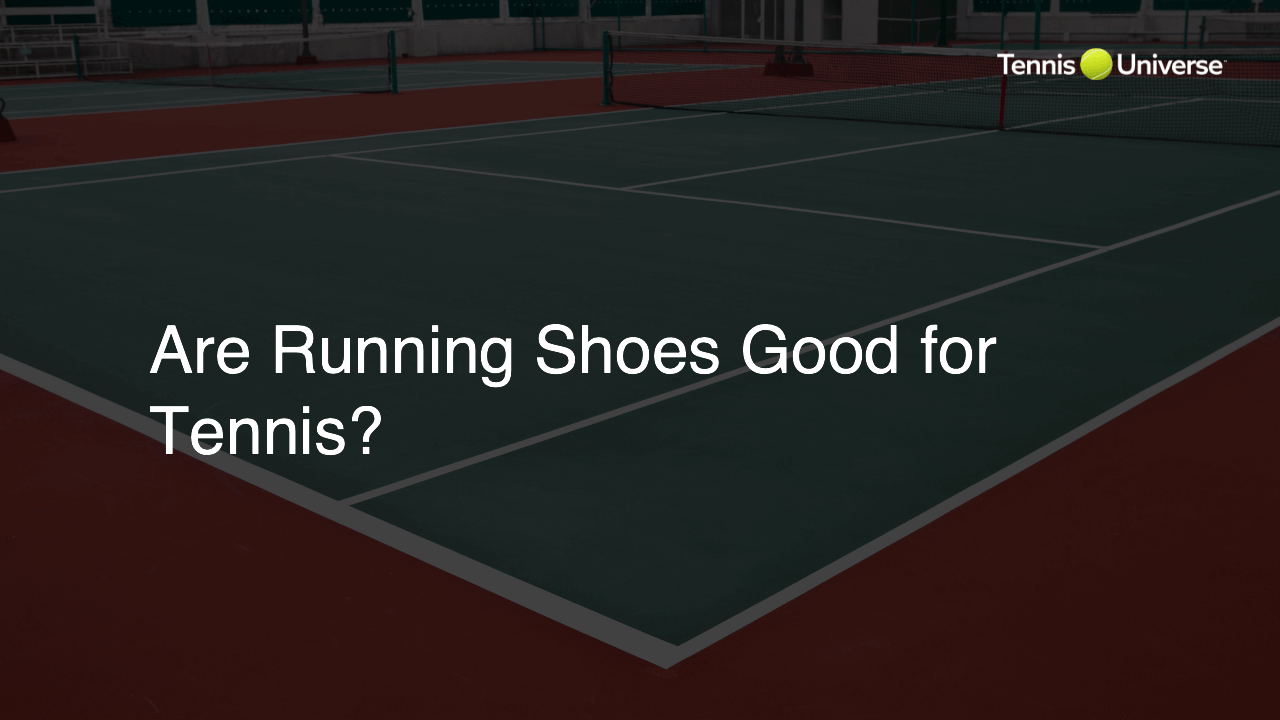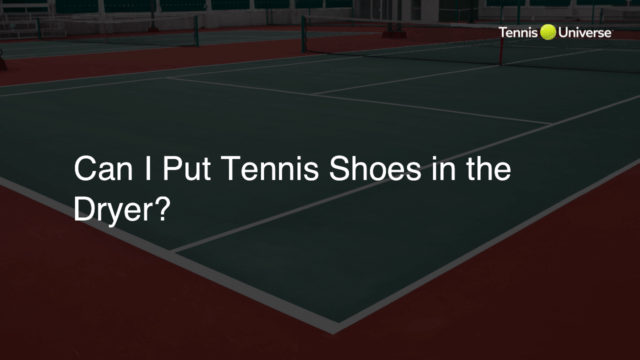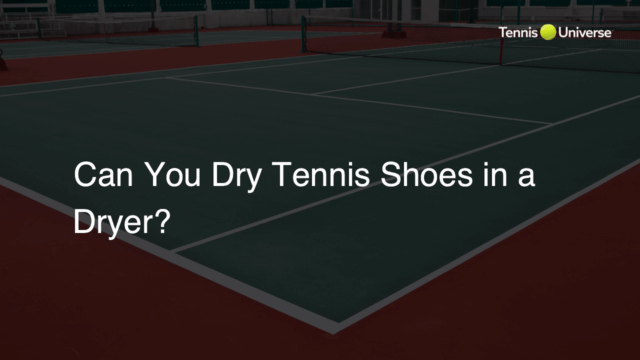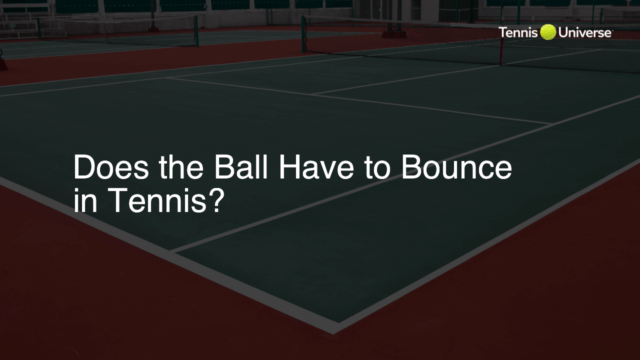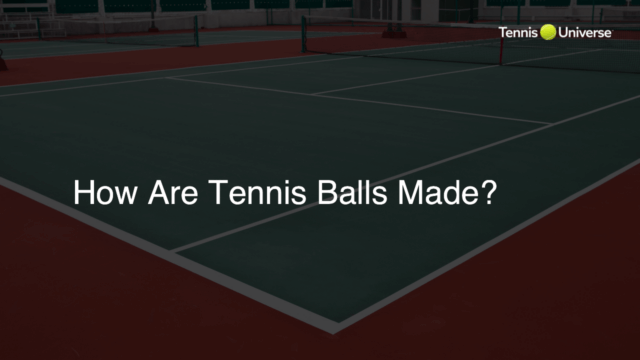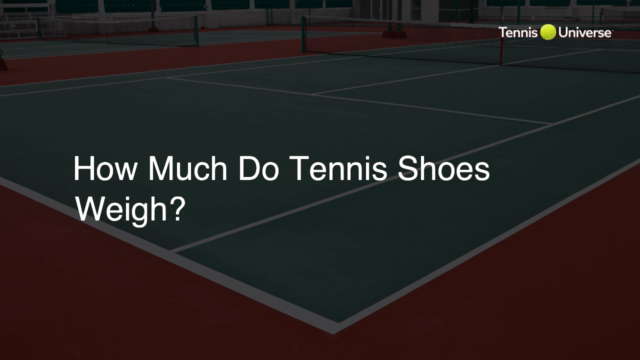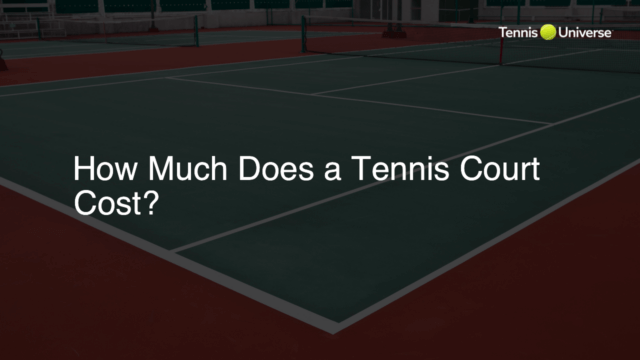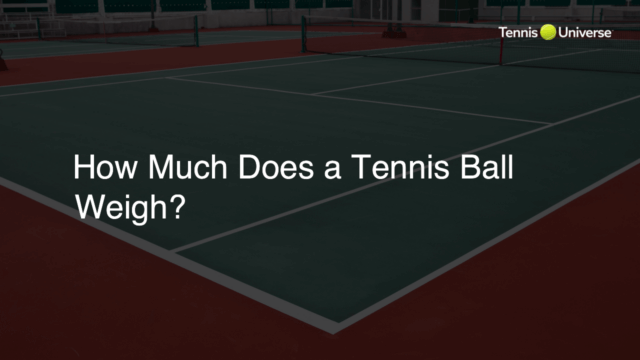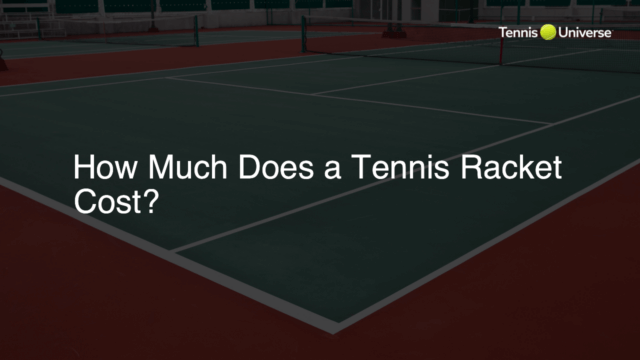Running shoes are not ideal for tennis, as they lack the lateral support, durable outsoles, and specific design features required for the quick movements and directional changes in tennis. Tennis shoes offer better stability, grip, and protection for on-court performance.
Running Shoes vs Tennis Shoes: The Differences
While running shoes and tennis shoes may seem similar at a glance, there are key differences that make each designed specifically for their respective sports.
Lateral Support and Stability
Tennis requires various rapid lateral movements and sudden changes in direction. Tennis shoes are designed to provide adequate lateral support, ensuring the stability of the foot during play. Running shoes, built for forward motion, lack the necessary support for these movements, which can lead to a higher risk of injury.
Durable Outsoles for Traction
The outsoles of tennis shoes are made with materials suitable for the court surface and provide better traction and grip. Running shoes may lack the necessary grip, leading to slips or injury during tennis match.
Toe Protection and Cushioning
Tennis involves frequent stopping and quick directional changes, which can cause toe dragging. Tennis shoes have reinforced toe areas for additional protection, while running shoes lack this design feature. Additionally, tennis shoes have tailored cushioning, allowing for impact absorption during sudden stops.
Benefits of Using Tennis Shoes for Tennis
Choosing the right footwear for tennis goes beyond aesthetics and can improve performance while minimizing injury risk.
Enhanced Performance
Wearing tennis shoes can boost your performance on the court by providing better stability and footing. The grip offered by the outsoles allows you to make quicker cuts, pivots, and slides without worrying about slipping.
Reduced Risk of Injury
Proper lateral support in tennis shoes aids in preventing ankle sprains or other injuries caused by sudden directional changes or sliding. Moreover, adequate cushioning and impact absorption protect your joints from stress and potential injuries.
Incorporating Your Tennis Racket and Shoes
For a complete tennis experience, it’s crucial to invest in the right equipment, including your tennis racket and shoes. Matching your tennis racket with high-quality tennis shoes ensures that your performance and comfort are maximized during play.
Choosing the Right Tennis Shoe for Your Needs
Just as you would select your tennis racket according to your skill level, playing style, and personal preferences, it’s essential to find the right tennis shoes for your specific needs.
Consider Court Surface Type
Different tennis court surfaces require shoes with varying outsole patterns and durability. For example, hard courts necessitate heavy-duty outsoles for longer-lasting shoes, while clay court shoes tend to have a zig-zag pattern for better traction.
Assess Your Foot Type and Arch Support
When selecting tennis shoes, it’s vital to choose footwear that accommodates your foot type and supports your arch. This ensures optimal comfort, stability, and injury prevention during play. Consult a foot specialist or perform a wet-foot test to determine your arch type and select appropriate tennis shoes.
Tennis Tips for Optimal Performance
While having the right footwear is crucial, incorporating tennis tips into your game can elevate your performance and enjoyment on the court.
Practice Proper Conditioning
Maintain a consistent fitness routine, focusing on muscle strengthening, flexibility, and endurance to not only improve your performance on the court but also minimize the risk of injury.
Warm-up and Cool-down
Prior to any match or practice session, engage in dynamic stretches and a brief warm-up to develop blood flow and prepare your muscles. After playing, perform static stretches to minimize post-exercise soreness and increase flexibility.
Work on Your Technique
Don’t underestimate the importance of technique. Dedicate time to improving your footwork, strokes, and strategy. Seek guidance from a professional coach or enroll in tennis clinics to receive valuable feedback and enhance your game.
Remember that investing in the proper equipment, such as appropriate tennis shoes and a tennis racket that suits your level and playing style, combined with tennis tips to advance your skills and fitness, will put you on the path to success on the court.
FAQ Section
Here’s a list of frequently asked questions and direct answers related to the topic of appropriate footwear for tennis, aimed at helping you make informed decisions about your tennis shoes.
Can I use running shoes for occasional tennis play?
While you can use running shoes for occasional tennis play, they are not advisable due to insufficient lateral support, inadequate traction, and lack of toe protection. Tennis shoes are designed for the demands of the sport and help minimize injury risks while improving performance.
How do I determine my foot type and arch support?
To determine your foot type and arch support, perform a wet-foot test by wetting the bottom of your foot and stepping on a piece of paper or dry floor. The footprint left behind will provide insight into your arch type (low, medium, or high). Consult a foot specialist or use shoe guides to find the best tennis shoes for your particular arch.
How often should I replace my tennis shoes?
It’s essential to replace your tennis shoes when they show signs of wear, such as a worn-out outsole, deteriorated cushioning, or reduced support. General guidelines suggest replacing tennis shoes every 45 to 60 hours of play; however, this can vary based on factors such as playing frequency, intensity, and shoe durability.
How can I extend the lifespan of my tennis shoes?
To extend the lifespan of your tennis shoes, keep them clean, air-dry them after play, and avoid using them outside the tennis court. Additionally, rotating between two pairs of shoes can help reduce wear on each pair and provide a chance for them to regain cushioning between uses.
Can I wear my tennis shoes for running off the court?
While you can wear tennis shoes for occasional running off the court, it’s not recommended as a regular practice. Tennis shoes have specific features for lateral movements and court surfaces, while running shoes are designed for linear motion and provide better cushioning and support for running on various terrains.

